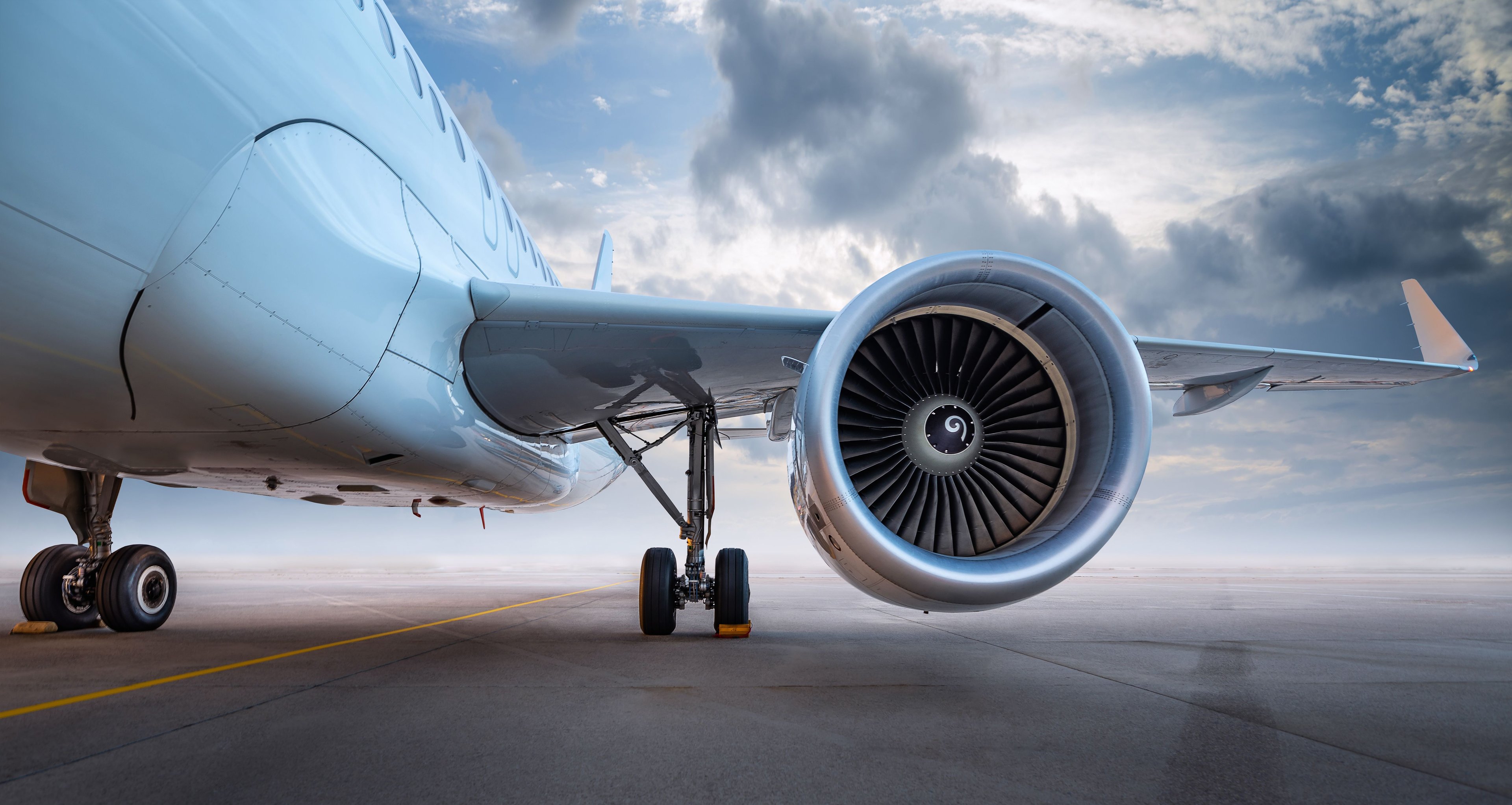As price competition starts to heat up again in the U.S. airline industry, it's more important than ever for airlines to focus on growing non-ticket revenue. Since an airline that tries to raise fares risks being undercut by rivals, the best way to boost revenue is to focus on areas outside of the base fare.
Non-ticket revenue growth has been a key focus lately at Hawaii-based leisure carrier Hawaiian Holdings (HA +0.00%). On Tuesday, the company announced another step toward growing its non-ticket revenue by adding three turboprop freighters to carry cargo within Hawaii.
Focus on non-ticket revenue growth
Hawaiian Airlines has put a lot of energy into growing non-ticket revenue for a few years already. Two years ago, the company renegotiated its co-branded credit card agreement, with the new terms offering more than $100 million of incremental cash flow over the life of the agreement. That's essentially free money that drops straight to the bottom line.
The addition of an "Extra Comfort" premium economy section on Hawaiian Airlines' A330 fleet has also generated a big increase in ancillary revenue. Many passengers are willingly paying at least $70 each way for extra legroom on the carrier's long-haul flights.
A third key area where Hawaiian has made non-ticket revenue gains is cargo. Just five years ago, cargo was a tiny piece of Hawaiian's business, generating annual revenue of $29.5 million. In 2014, Hawaiian's cargo revenue surpassed $75 million.
These gains have been driven by two main factors. First, Hawaiian Airlines has transitioned its long-haul fleet to the A330, which can carry more cargo than Hawaiian's previous fleet. Second, the carrier has vastly expanded its route network, adding key global cities like New York, Tokyo, Osaka, Seoul, and Beijing, as well as smaller international cities like Brisbane, Auckland, and Sapporo.
Taking the next step in cargo
Surprisingly, while Hawaiian Airlines dominates the market for air travel within Hawaii, it doesn't have as strong an air cargo network within Hawaii itself. The jets that Hawaiian uses on its interisland flights don't have much room for cargo, especially after they're loaded up with bags.
Meanwhile, it faces a strong rival in Aloha Air Cargo -- the remnant of Aloha Airlines, which used to be Hawaiian Airlines' main competitor. As of 2011, Aloha Air Cargo held about 70% of the interisland cargo market, compared to less than 10% for Hawaiian Airlines.
To catch up, Hawaiian Airlines is buying three ATR-72 aircraft that will be outfitted in an all-cargo configuration and operated by its regional partner, Empire Airlines. The new cargo flights will begin in the first half of 2016.
Hawaiian Airlines isn't just pursuing growth for its own sake in the cargo market. By adding planes capable of moving cargo containers and palletized cargo between the islands, Hawaiian Airlines will become a one-stop shop for customers looking to move cargo from the more than 20 cities it serves outside Hawaii to the outlying islands. That will give Hawaiian Airlines an advantage over rivals that can only fly to Honolulu within Hawaii. Over the next few years, this should drive further improvements in cargo volumes and pricing across Hawaiian's network.
A savvy move
Cargo is still far from being a core business for Hawaiian Airlines, representing less than 4% of its total revenue. Nevertheless, every dollar counts, especially because the marginal cost of putting more cargo on a long-haul passenger flight is fairly low (as long as there is room for it, of course).
Gaining share in the interisland cargo market is a small prize. Even market-leader Aloha Air Cargo only produced revenue of about $77 million last year: roughly even with Hawaiian Airlines' cargo revenue and a pittance compared to Hawaiian's total revenue of $2.3 billion.
However, if Hawaiian Holdings can leverage its expanded interisland cargo network to get more cargo business on its mainland and international flights, that would be a big coup, providing incremental high-margin revenue. That's why this looks like a savvy move on Hawaiian's part.



